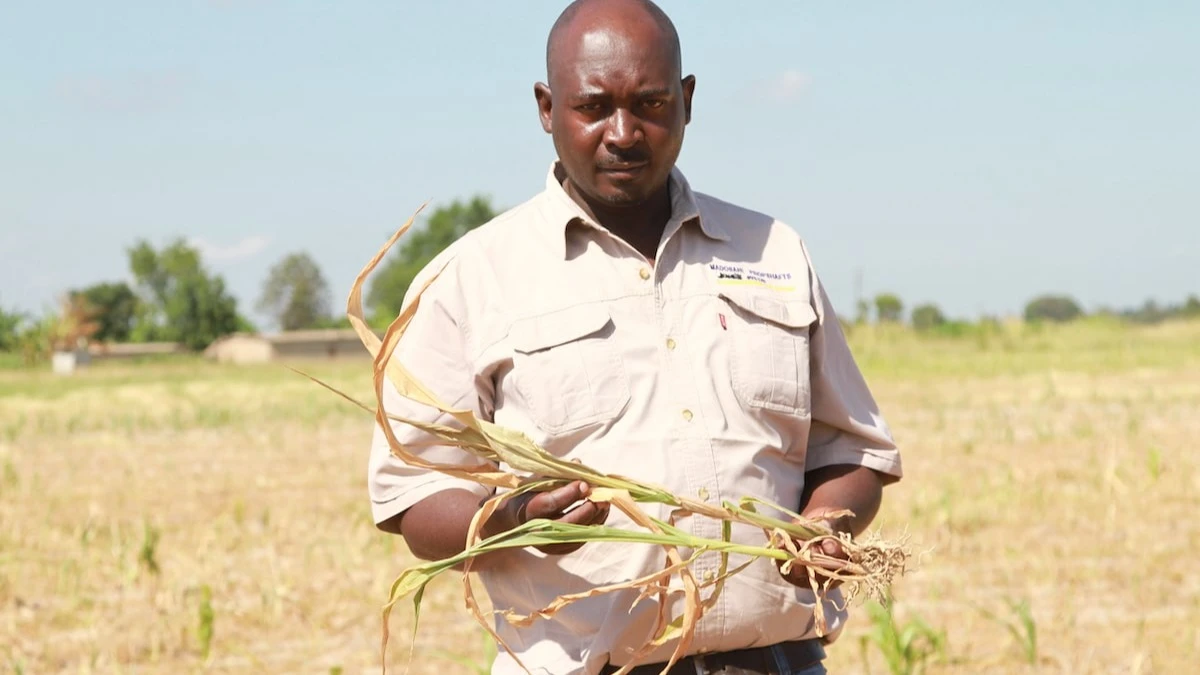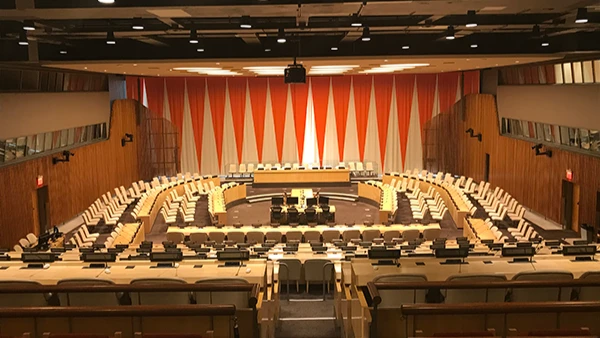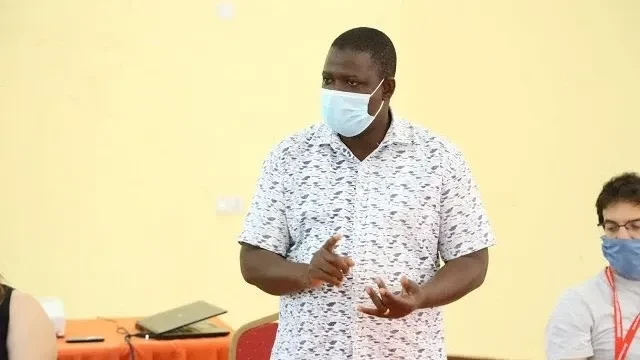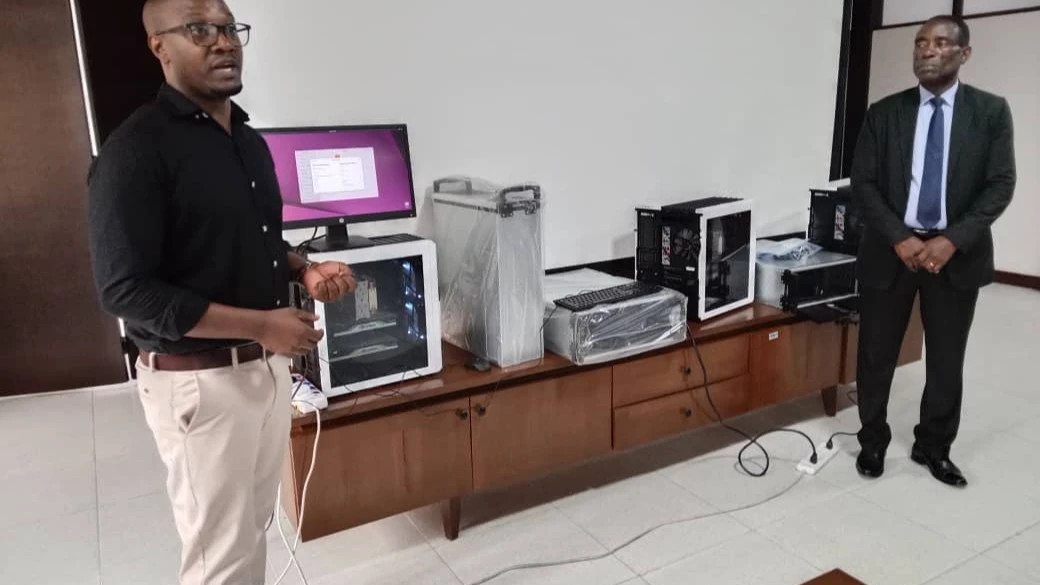Beware of food microwaved in nylon, plastic containers
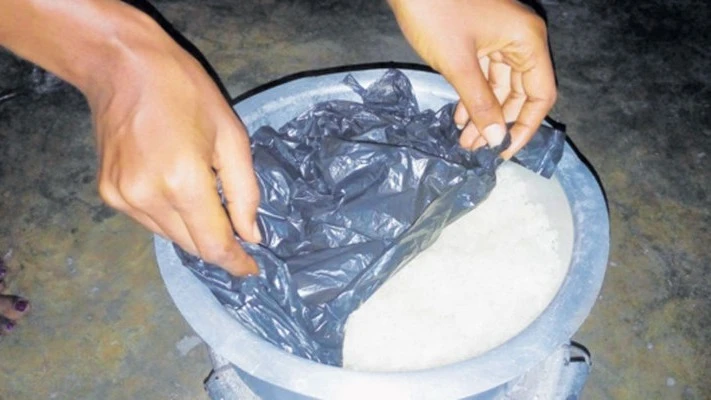
WHEN preparing food some caterers, family members or food vendors wrap some of the food they prepare in nylon and cook or heat it, or place it in a plastic container and microwave it.
Despite the fact that health experts recommend using only microwave-safe plastic containers, not all members of the community are aware of microwave-safe plastic containers, and if they are not, even heed such expert advice.
Studies suggest that when food wrapped in a nylon bag (which is a synthetic polymer), or placed in a plastic container, is heated at a certain high temperature leaches toxic chemicals into food, and when ingested it can cause health risks to consumers.
An article published in Journal of Food Quality and Hazards Control in 2017 suggests that hot foodstuffs (at temperature above 65 degrees Celsius) must not be stored in plastic containers.
It says high temperature can release harmful chemicals into the food and when ingested it has a negative impact on human health. The article recommends changing food consumption patterns.
It recommends that the elimination of plastic based-containers, and production of plant-based containers are important steps towards solving the problem of hazardous factors in food and nutrition.
Another study, which assessed the release of microplastics and nanoplastics from plastic containers and reusable food pouches and its implications for human health, conducted by Kazi Albab Hussain and colleagues, and published in Environmental Science & Technology in 2023, corroborates the article.
It suggests that microwave heating causes the highest release of microplastics and nanoplastics into food compared to other usage scenarios, such as refrigeration or room-temperature storage.
According to the researchers, some containers can release as many as 4.22 million microplastic and 2.11 billion nanoplastic particles from only one square centimetre of plastic area within 3 minutes of microwave heating. Yet, refrigeration and room-temperature storage for over six months can also release millions to billions of microplastics and nanoplastics.
The researchers also found that polyethylene (PE)-based food pouches released more particles than polypropylene (PP)-based plastic containers.
The study says while PE, which is a thermoplastic polymer, is the most commonly used plastic for packaging and various other applications, PP is a versatile thermoplastic polymer known for its strength, stiffness and resistance to chemicals and electricity.
This makes it useful in containers for cleaning products and other corrosive materials and heating or microwaving food in nylon is not recommended and can be unsafe, according to an open educational resource (OER).
“The presence of microplastics has been detected in table salt, bottled water, tap water, fish, and mussels…plastic teabags released billions of micro- and nanoplastics during the steeping process at 95 Celsius.
This has raised concerns about human exposure to micro- and nanoplastics via food. It has been estimated that using take-out food 4-7 times per week can result in a person ingesting 12-203 pieces of microplastics,” say Kazi Albab Hussain and colleagues in their study.
The researchers, referring to a study on the release of microplastics from PP-based baby feeding bottles during formula preparation, suggest that by the age of one year, babies can ingest anywhere from 14,600-4,550,000 microplastic particles from polypropylene feeding bottles, not including silicone-rubber teats.
“Additionally, another study revealed that silicone-rubber baby teats could lead to the ingestion of more than 0.66 million microplastics by a one-year-old baby.”
However, the study says despite the prevalence of other plastic-based baby products, such as plastic containers and food pouches, no research has established whether they can also serve as sources of micro- and nanoplastic exposure to infants and toddlers.
The researchers say to the best of their knowledge, theirs is the first study of its kind to examine various aspects of plastic-based baby food containers and food pouches. “The findings of this study have important implications for understanding the potential health risks associated with the use of such products.”
Yet, at global level, “plastic production has increased significantly since synthetic plastics was first invented and patented in 1862,” according to a UNDP report of 2024, which cites a study conducted by Pacini, Gomes & Zanloressi (2021).
Citing (Rhodes, 2019), the study says annual plastic production stood just under 2 million tonnes, but this has since grown exponentially and is projected to reach 1,900 million tonnes by 2050.
Researchers categorise plastics into microplastics (which are generally smaller than 5 millimetres, and can be seen by human eye), and nanoplastics (which are smaller than one millionth of a metre (one micrometre) and most cannot even be seen by a standard microscope.
“Recent studies have shown some consumer products that hold liquids or interact with them, such as polypropylene (PP) baby bottles and nylon plastic teabags, release plastic particles into water,” says a National Institute of Standards and Technology (NIST) study published in 2022.
It suggests that everyday plastic products release trillions of microscopic particles into water. It suffices to say that it is crucial to beware of health risks and do something about them to ensure we consume only safe foodstuffs that keep us healthy and productive.
Top Headlines
© 2025 IPPMEDIA.COM. ALL RIGHTS RESERVED





